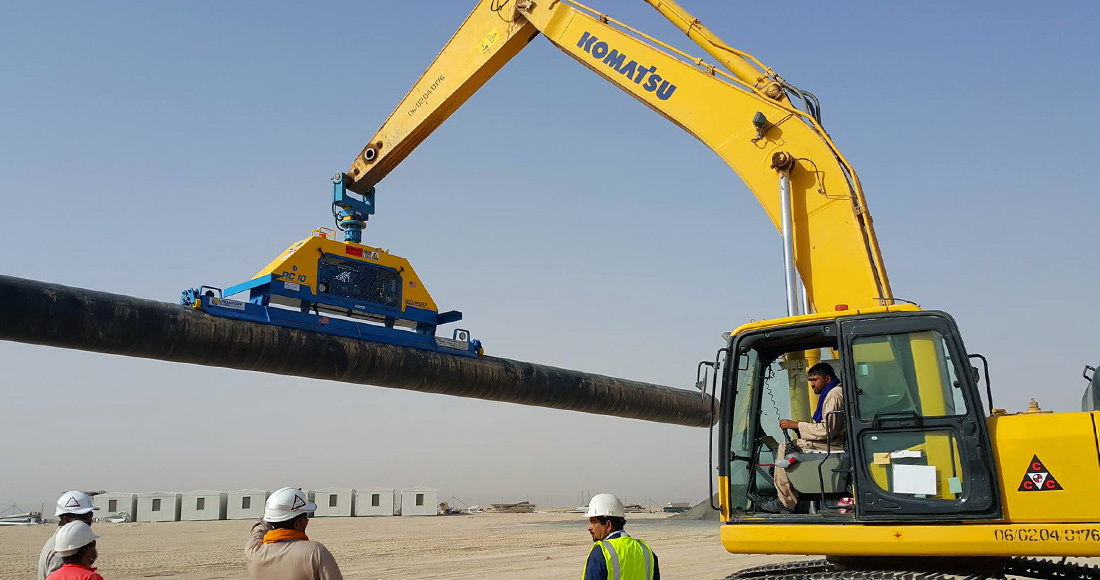Handling heavy and bulky materials is often associated with elevated risks of falling from heights and being struck or crushed by objects. To mitigate possible incidents, many companies maintain safety programs that emphasize job specific hazards, training and standard operating procedures.
However, even those working to build and enforce safety programs may have a hard time envisioning their return on investment, especially if they are fortunate enough to have never experienced a serious workplace incident.
From a financial perspective—which is much easier to quantify than the physical, mental and emotional toll following a serious or even fatal on-the-job injury—it has been estimated that US employers have a weekly price tag of nearly $1 billion for direct workers’ compensation costs alone.
Indirect costs run much higher and, per OSHA, include burdens that range from accident investigation and the implementation of corrective measures to repairs of damaged equipment and property, loss of productivity and other expenses which result from diminished morale and absenteeism. Attorney’s fees, legal settlements, monetary fines and increased insurance premiums have all been counted among the additional latent costs of a neglected or broken safety paradigm.
The National Safety Council, for instance, estimates the average direct cost to a company for a single forklift incident at $38,000, while indirect costs related to the same occurrence can run $150,000.
In a 2016 Injury Impact Report outlining the most frequent and common causes of workplace injuries, The Travelers Companies places material handing at the top of their list, totaling 36% of all claims.
For some, investing in safety could be as simple as revamping the morning meeting or adding relevant certifications. Other companies may be looking to improve safety in task-specific ways, such as finding new ways to tackle material handling.
While the hard costs associated with material handling are largely unavoidable, the cost of equipment and the human resources required to operate it can be tempered by investing in systems that put a priority on safety. The ROI will be realized in areas that might not be obvious, such as no lost workdays, lower insurance premiums and fewer unexpected stalls in productivity.
For over 20 years, Vacuworx has been developing innovative lifting solutions. Vacuum lifting is documented to be a much safer and faster method of handling a wide range of materials from oil and gas, water and sanitation pipes to steel plate, cut concrete and precast components.
Vacuworx focuses its efforts on reducing the high number of incidents related to mechanical failure, shifting loads, dropped material, falls and workers being struck by or caught between hazards.
Using vacuum lifting technology, workers don’t have to climb on trailers or stacks of material to attach slings or chains. The need for tag line operators on the ground is reduced or eliminated. Vacuworx lifters create a powerful, reliable engagement of the load, unlike other rigging methods that can shift or come loose, endangering employees.
According to president Bill Solomon, “The Vacuworx story started with safety. That will always be our main focus. We’re in this with our customers and we want the same thing—to get the job done right and for everyone to go home at the end of the day.”


